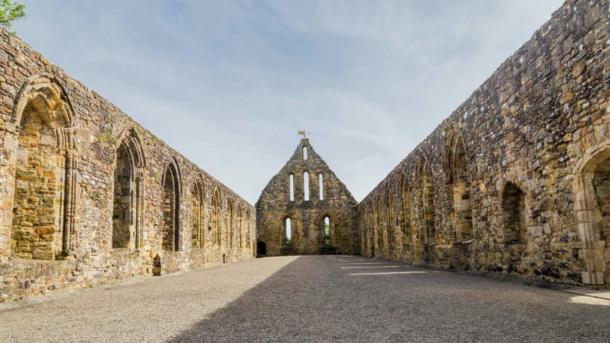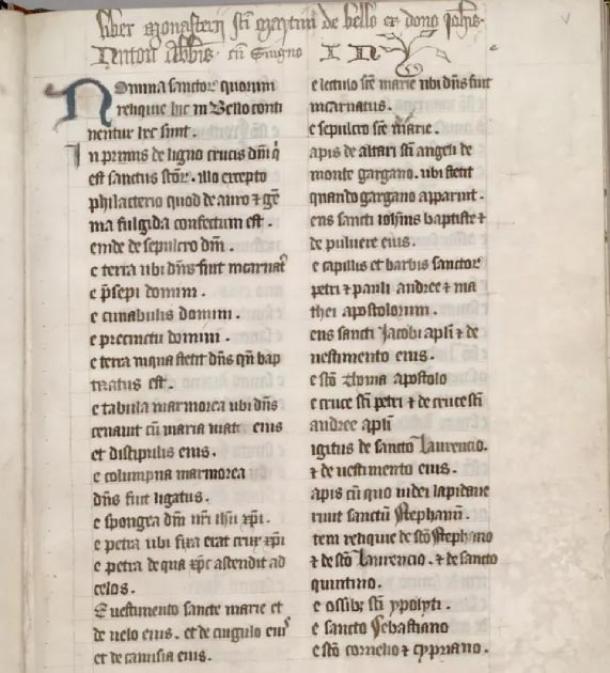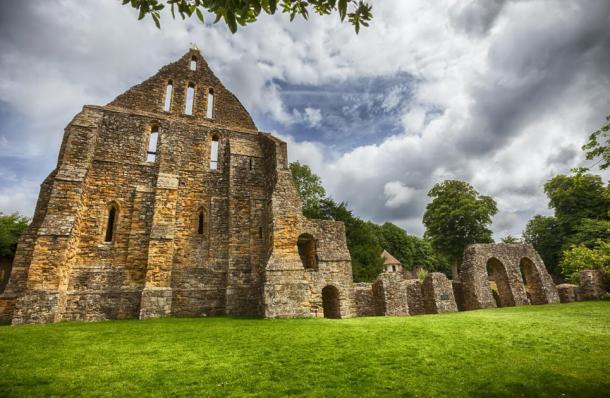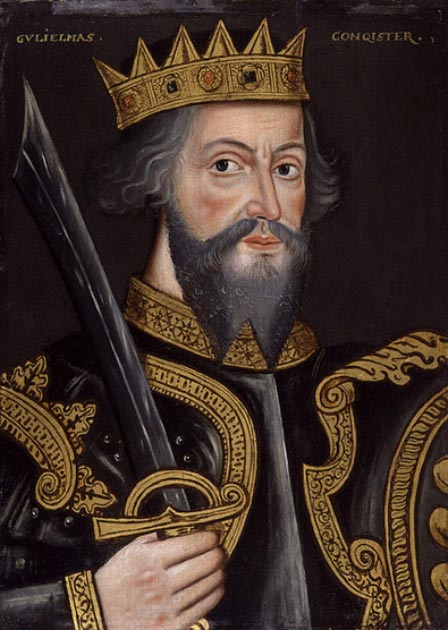‘Santa’s finger bone’ and ‘Christ’s crib’ among medieval treasures given to English monastery

The connections between Christmas today and an English monastery were shown in a medieval document.
The document is a list of relics issued by, among others, two English monarchs to Battle Abbey. Perhaps the most interesting thing in the collection was the bone of St. Nicholas ‘ or Santa.
English Heritage, which manages hundreds of historic sites in England, including Battle Abbey in Sussex, confirmed the find
This was once a prosperous Middle Age monastery before it was destroyed during the Reformation by Henry VIII. It’s a very impressive ruin today, some 500 years after it was closed.

Dr. Michael Carter, a historian working for English Heritage, translated from the monastery a 14th-century document detailing holy relics donated to the abbey.
It is the only one of 32 similar inventories that have survived and it is written in Latin and belongs to a collection of the Huntington Library in California.
The holy relics were believed to have special powers by Christians because they were associated with saints or Christ. Carter is quoted by the BBC as saying that “the collecting and cherishing of relics was an important aspect of medieval monasticism.”

The inventory lists 175 items that were bestowed on Battle Abbey over a hundred-year period. William the Conqueror gave the monastery many items, some of which have close connections with Christmas.
One of the most significant relics listed was one of the fingerbones of St Nicholas. He was a saint from modern-day Turkey, who is widely regarded as “the original Santa Claus,” according to The Guardian.
This saint was the protector of children and was said to have given them gifts, which gave rise to the modern story of Santa Claus.
Among the other gifts given by William to the abbey were fragments of the Bethlehem manger that Christ was supposedly born in. There were also “bones of several of the Holy Innocents killed on the orders of King Herod, a massacre commemorated in the west on 28 December,” reports The Guardian.

Also donated is the alleged rock used to stone the Christian martyr St Stephen, whose celebration day is on the 26th of December. According to KSL.com, Carter stated that “it’s fascinating how connections to our Christmas today, can be traced back almost a thousand years.”
William the Conqueror was a notoriously mean man, and he gave very little to other monasteries. The Battle of Hastings (1066) allowed William to seize the throne of England, but not without shedding a great deal of blood.
According to CNN, the Norman monarch “is believed to have built Battle Abbey on the site of his victory over Harold II, the Anglo-Saxon king.”
Although he is remembered for being nasty, he still bestowed a great many gifts on this abbey. The reason for this was that the Norman wanted to atone for his sins. By donating the relics, he hoped to secure forgiveness for his sins and achieve salvation.
King John, who is best remembered for his many defeats in battle and his signing of the Magna Carta, also gave several relics to the abbey. “In 1200 he gave a relic of the Holy Sepulchre (Christ’s tomb) and a portion of the True Cross,” according to The Guardian.

They were obtained by his brother, the famous Richard the Lionheart, when he was on a crusade to retake Jerusalem from the Muslims.
All the relics were probably destroyed or lost during Henry VIIIs suppression of the monastery. Today, very few people believe in the power of sacred relics, but in the Middle Ages, they were central to the spiritual life of many Christians.
They were very much in demand and this led to a massive industry in the forging of such objects. Carter told The Guardian that “to the medieval mind, a lot of these relics would have been completely convincing.” The results of Carter’s study are published in The Journal of Medieval Monastic Studies .